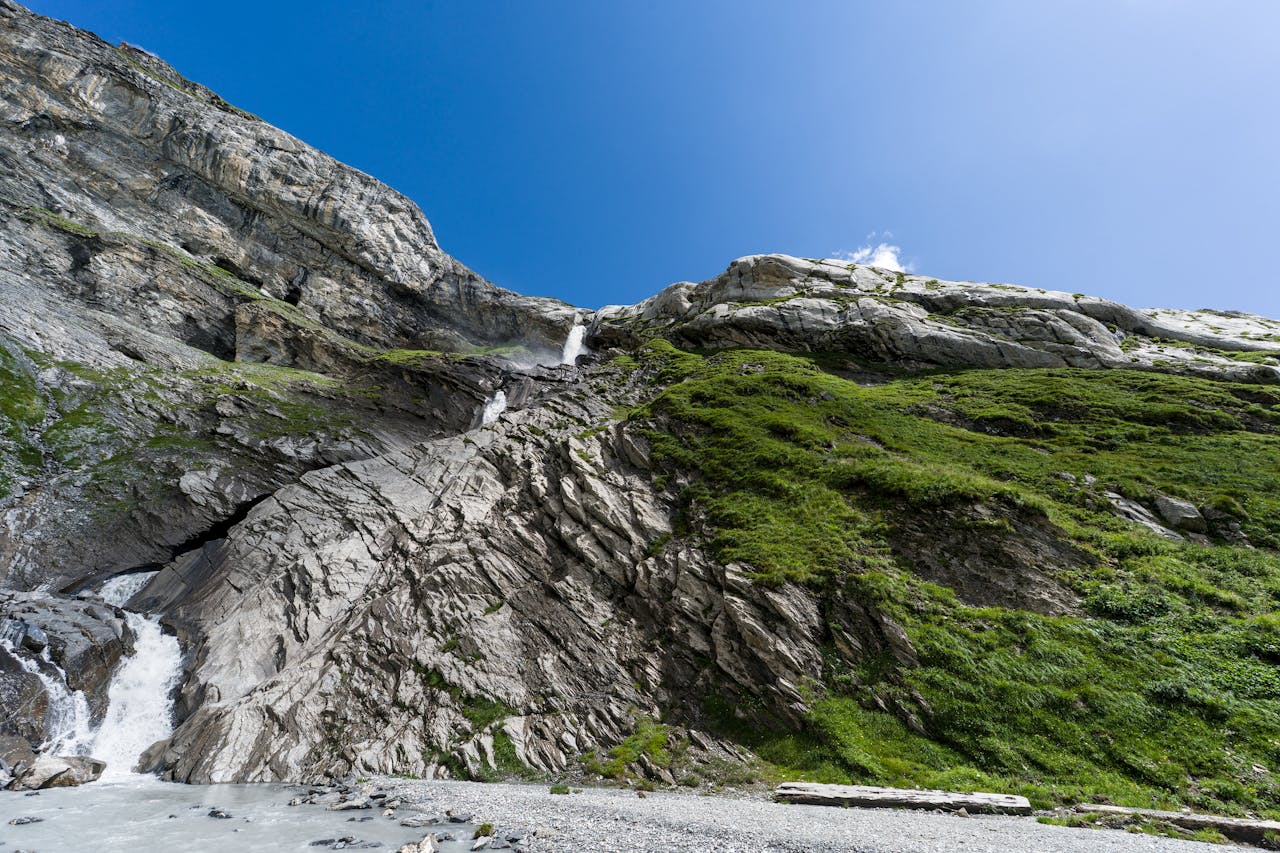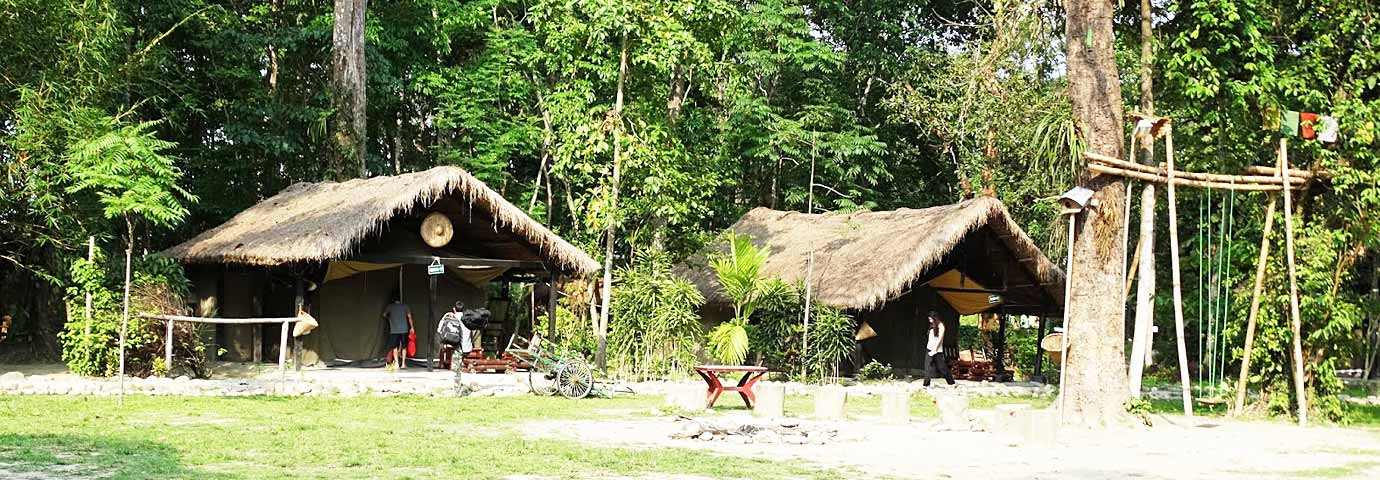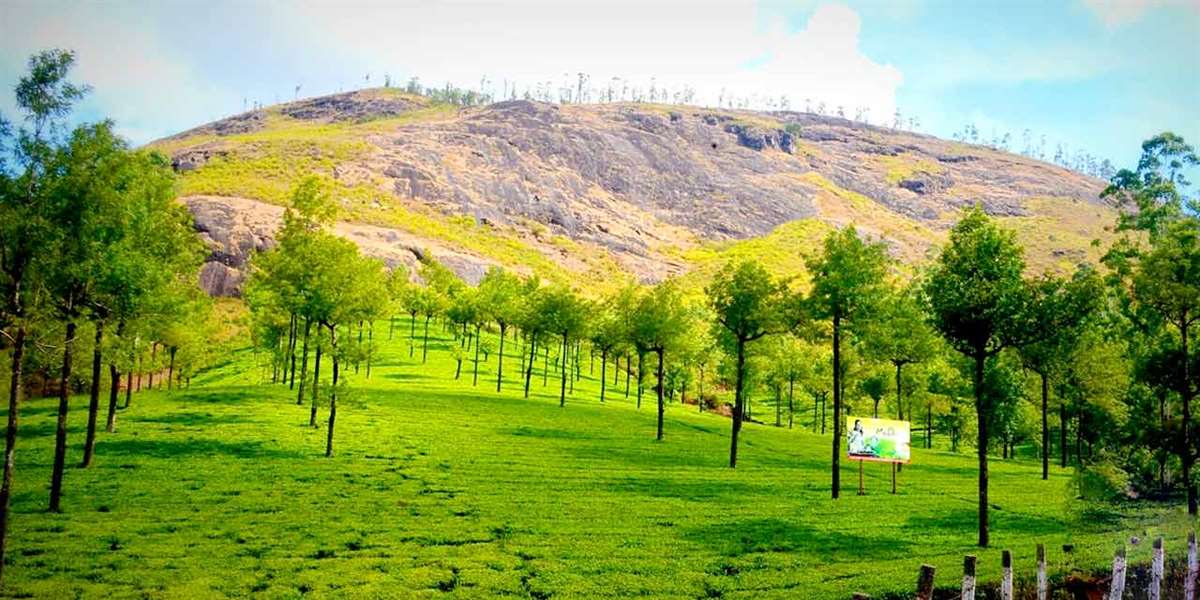“We do not inherit the Earth from our ancestors, we borrow it from our children’’– A Native American proverb
What happens when paradox gets entangled in the paradox of value? The paradox of value is a contradictory scenario when an object loses its value as a result of oversaturation. Tourism is no exception to brought tourist and the over-influx of tourists has brought tourists places to the point of overuse, leading to a loss of appeal. Let’s understand this paradoxical glut in detail, before we delve into the solution: Sustainability!
Understanding Sustainability: What makes eco-tourism significant in today’s world?

Over time, tourism has grown manifold, owing to the increasing accessibility and global interest in travel. While it has brought several merits for the locals and promoted the culture of the hosting town, every coin has two sides – the other side of tourism is the over-tourism. However, it’s not just over-tourism, but the consequences that it brings along with the unchecked management, that is slowly diminishing the authenticity of the place.
The consequences of the tourism and mismanagement include exploitation of the nature, out-of-hand littering and rampant carbon footprint, causing an environmental damage. Furthermore, communities slowly become dependent on tourism for income, leading to a mono-economy. The problem arises when the tourism destinations see a drastic drop in the influx of travelers, leading to loss of livelihood for many. In essence, tourist destinations gradually become a victim of their own magnetism.
Sustainable tourism: Role of eco-friendly travel in bringing the equilibrium

Problem screams but the solution? It whispers. Sustainable tourism is that quiet solution that addresses the escalating dilemma of influx and mismanagement.
Emerging from the ideas of balance and longevity, sustainable tourism is a responsible approach that aims to minimize the negative impacts of increasing tourism. Moreover, it strives to create an authentic experience for locals and tourists, while protecting the cultural heritage and natural backdrop, simultaneously.
Read More: Dehradun – A Gateway To Famous Hill-Station Of Uttarakhand
Indian tourism and the need for low-impact travel
India, being a hotspot of diverse cultural vibrancy and natural abundance, carries a great potential to grow in the tourism sector.

From beaches of Goa to the hills of Shillong to the rugged beauty of Ladakh and the religious pull of Kanyakumari, every corner of India provides a unique experience. The ancient monuments, spiritual experience and the cultural festivals invite numerous tourists to India every year. However, the downside of tourist congestion acts as a major inhibitor in shaping up the ambitious prospects.
The rampant influx of visitors, paired with an unregulated oversight, has led to environmental concerns, such as air pollution and tragic situations like stampede. Hence, sustainable tourism. becomes a vital necessity to bring balance between the growth and congestion, within India’ tourism sector.
India and the traditional routes of sustainable practices
Notably, India has lived through sustainable practices throughout history, even before it became a trend among masses. From the indigenous system of rainwater harvesting, known as zabo and ruza in Mizoram and Nagaland, respectively to the intricately crafted stepwells to conserve water, in western and northern India, highlighting the practice of conservations. Similarly, the use of banana leaves in Kerala or earthern pots to keep the water naturally cool, shows the eco-conscious roots of households. Sustainable practices, even if unspoken, have been a part of Indian way of living.
And fortunately, several destinations in India are again focusing on sustainable practices on a better scale to create a ground for balance between the rising tourism and environmental conservation.
Ladakh: A shining example of Sustainable Tourism.

One such prominent destination is Ladakh, a pristine jewel amidst the high mountains of Himalaya. Blessed with cultural legacy of Buddhism, and the unique wildlife, Ladakh is a widely popular among the travelers. It is a place that exudes serenity and warmth, with a blend of thrill from trek and stillness from spiritual ambience. However, amidst the tranquility lies the fragility of the eco-system, getting affected by the rampant tourist influx. While it brings a plethora of benefits for the local population, the downside of it includes, water scarcity, increased carbon footprint and waste mismanagement.
To counter this, the Ladakhi community, along with their authorities have taken up several initiatives. The measures include promoting traditional Ladakhi architectures for homestays and hotels, and installing solar-powered lightings & heating systems, to reduce ecological footprint.
Another area of focus is waste management, with single use plastics, such as water bottles and polythene bags being banned. Rural towns like Phyang and diskit have introduced waste segregation and recycling strategies.
Sustainable toilets, dry composting toilets are being promoted to maintain sanitation while also managing the water scarcity. Furthermore, handicrafts and artworks, like pashmina and prayer wheels and thangka paintings are actively promoted by the Government and NGOs, ensuring economic sustainability for the craftsmen of Ladakh.
Moreover, the tourists are being encouraged to follow sustainable practices, like leave no trace to maintain cleanliness and to follow the eco-friendly trekking routes, including sham valley trek and markha valley trek that offers stunning views and cultural rendezvous. While ecologically sensitive places are being monitored, the lesser-known spots are being developed to welcome tourists to create a balanced footfall across Ladakh’s valleys.
In essence, Ladakh’s approach has been multidimensional, focusing on promoting the gems of Ladakh while also aiming to create a symmetry between eco-system and opportunities.
Read More: Ladakh – A Must See Place For Adventurers
Eco-friendly travel across the nation: Redefining Responsible tourism.
Additionally, there are eco-tourism destinations beyond Ladakh that are embracing sustainable practices through dedicated efforts and commitment. By weaving traditional practices into modern system, several tourist spots are reinventing authentic eco-tourism.
Let’s move ahead and take a brief look at the top eco-friendly tourist destinations in India.
1. Coorg, Karnataka:

Home to Nagarhole national park and Pushpgiri wildlife sanctuary, Coorg is hill town in Karnataka. Known for breathtaking waterfalls and green heritage, Coorg is a heaven in Karnataka.
Being a naturally abundant town, Coorg has always focused on biodiversity conservation while also enhancing tourism in the town. A major driver of this sustainable ambition is the hard-work and conscious efforts of locals, which also empowers them. The local communities, aiming an authentic experience to the tourists and save Coorg from over-commercialisation, started operating homestays, where travellers get to live in a home-like atmosphere. Furthermore, the native communities have transitioned to eco-conscious way of organic farming, reducing the use of pesticides and fertilisers, enriching the yields, becoming a key-feature in Coorg’s agri-tourism. Moreover, Coorg has focused on minimizing the carbon-footprint, by investing in waste management, and renewable energy resources, prioritising waste-to-energy projects. Simultaneously, the authorities have implemented educational programs to raise awareness on Coorg’s delicate beauty and the significance of responsible tourism, and eco-friendly practices in preserving it.
The active participation of locals and efforts to encourage ethical tourism among tourists, has turned Coorg into an eco-tourism hub. Travellers who are looking for a serene trip, filled with eco conscious rhythm, Coorg serves as an ideal destination. Additionally, the months of October to march, makes it a perfect destination to relax and witness a balanced dynamic between sightseeing and environmental safeguarding.
Read More: Coorg – A Nature Lover’s Paradise With Infinite Outdoor Activities
2. Majuli, Assam:

Another destination, known for being world’s largest inhabited river island, amidst the raging water of Brahmaputra. Majuli, which is becoming Assam’s favourite hub for backpackers, has been striding ahead to turn itself into a model of sustainable tourisms.
Enriched with the cultural heritage of Neo-Vaishnavism, which revolves around monasteries called satras, established by Srimanta Sankaradeva. Currently there are 31 satras that also nurtures and protects the cultural arts of Majuli, particularly the sattriya dance, mask making and bhaona [theatre]. Majuli also takes pride in its unique culture of boat-making, weaving, and pottery. The exotic blend of wildlife, distinct geographical region and the culture of spirituality and artisanship, make Majuli a desired destination among travellers.
Similar to Coorg, Majuli has adopted measures of homestays, waste management, and organic farming to preserve its fragile biodiversity.
A major reason for these steps is the gradual shrinking of the river island, due to erosion. However, this doesn’t seem to discourage the spirit of locals and authorities. With the combined efforts of natives and NGO, vetiver grass and bamboo embankments are being planted to preserve the island and ensure its longevity. Additionally, homestays and cycling tours are being promoted to make hospitality and touring more sustainable. This ensures that the travellers are experiencing the real essence of Majuli, understanding the ambience more closely.
Furthermore, organic farming and waste management are being focused upon to prevent the degradation of the land and surrounding rivers. With these combined efforts, the natives of Majuli are making sure that the world doesn’t loses their largest inhabited river island.
3. Chilika lake, Odisha:

A pear-shaped lake that is crowned as the largest inland saltwater lagoon in Asia. A heavenly site dotted with islands that carry a persona in itself. With over 710 species of flora, the Chilika-lake is the largest ground for migratory bird during the winter season, including flamingos, sea eagles, and herons. Not just the birds, but irawaddy dolphins, black bucks, golden jackals and spotted deer are found in here as well. With the unique fauna, and the islands that accentuates its beauty, Chilika- lake is a heaven for the birdwatchers. The Nalabana island and the Satapada island are especially known for the birdwatching and dolphin watching respectively. However, this heaven is also a sensitive wetland, enlisted as a Ramsar site, which is why local communities are adopting eco-conscious measurements, with boats and homestays. The fishing communities are adopting to tourism and bird guides as an alternative source income, while maintaining the environment.
4. Munnar, Kerala:

A heaven amidst the lap of western ghats, widely known for their tea estates and ayurvedic gardens. Munnar is a hill-town with each corner being adorned by the green lushes and vibrant flowers. Munnar is especially famous for the Nilikurinji flowers, which bloom once in twelve years. It is home to the endangered Nilgiri tahr, in the Eravikulam national park. Interestingly, Munnar’s Kolukkamalai tea estate is the highest tea plantation in the world, making it reachable only by the rugged jeep trails, preserving its untouched charm. Evidently, the locals are making efforts to keep this pristine beauty from damage, with measures like encouraging village life through homestays, organic farming and handicraft workshops. There are also plastic-free campaign and increased utilization of renewable energy.
Read More: Munnar – A Mystic Hill Station of Western Ghats, Kerala
Green travel – A one-sided effort?
Let’s understand Responsible tourism.

While the authorities and the locals are doing their part, but does the responsibility lie only with them? The tourists and travelers need to be mindful while travelling to places. While travelling, we often notice tourists leaving behind more than just memories in that place, and it’s often waste, especially plastic bottles and wrappers. It is more disheartening when people who understand the importance of hygiene deliberately ignore their responsibilities, and for no valid reason. This attitude must change, and people must realize that enjoying a place can be done while being mindful of their actions. Tourists must take care of their own waste, especially plastics. Furthermore, they must show respect to the local customs and language, bidding their part to keep the flames of cultural heritage alive.
The ticking bomb and eco-conscious solutions: Steady yet consistent steps.

The time is moving fast, the nature is witnessing a gradual decline in its beauty because of the growing exploiting practices. Now, it’s on the locals and tourists to realize the need of eco-tourism, and prevent the worst from turning into a reality.
Sustainable tourism is a long-term mission, driven by consistency and determination. A blend of responsible behavior, eco-conscious practices, and traditions that honor the ecology and heritage.
As a positive turn, several local communities are reconnecting with their roots to safeguard the region that has bestowed a life to them. The travelers, on the other hand, are moving towards mindful behavior for a better travel experience that doesn’t harm nature.
The collective goal? Embracing Heritage with low-impact travel!

